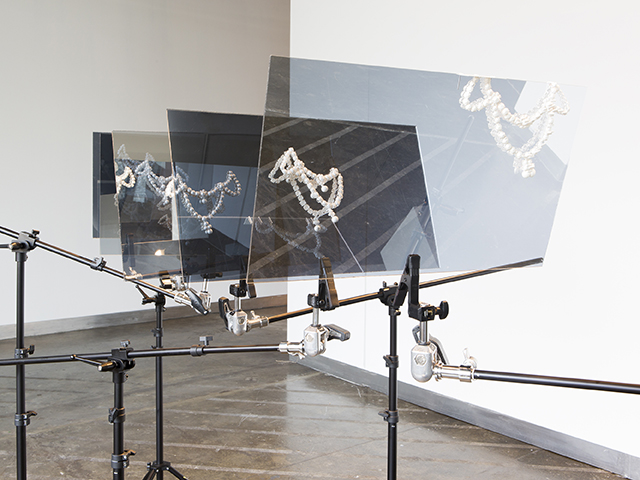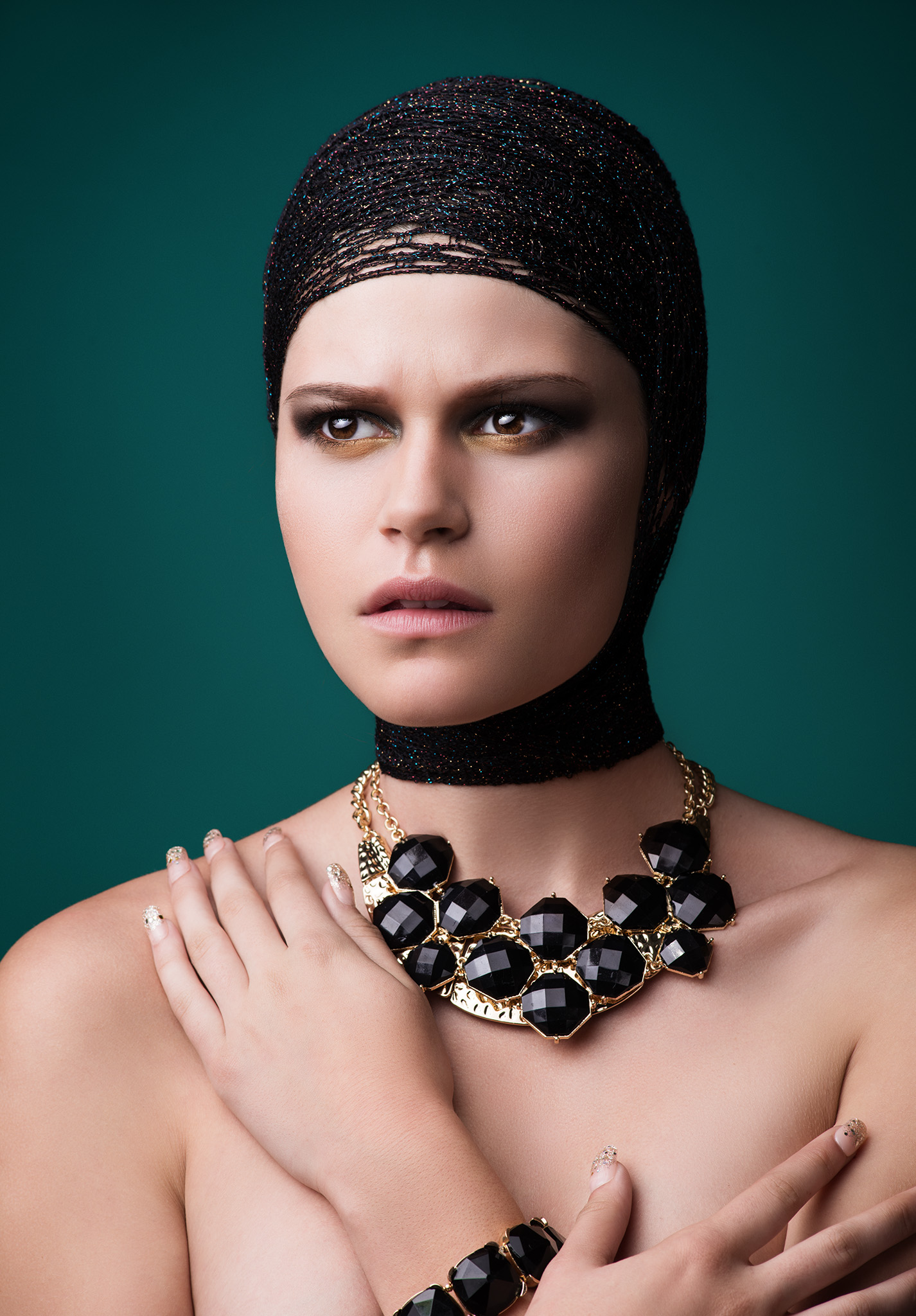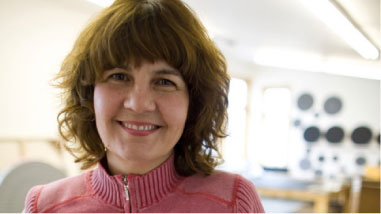ANYA KIVARKIS | RYAN WOODRING | WHITNEY MINTHORN
July 9 – August 27
White Box at the University of Oregon in Portland was one of 25 partner venues around the state hosting exhibitions as part of the Portland2016: A Biennial of Contemporary Art, curated by Michelle Grabner and presented by Disjecta Contemporary Art Center.
ANYA KIVARKIS
Anya Kivarkis is currently Associate Professor and Area Head of Jewelry and Metalsmithing at the University of Oregon in Eugene. Kivarkis received a BFA in Jewelry and Metalsmithing from the University of Illinois in Champaign-Urbana, and an MFA in Metal from the State University of New York in New Paltz in 2004. In 2007, Kivarkis was the recipient of the Sienna Gallery Emerging Artist Award, and presented the solo exhibition titled, Blind Spot. Recent exhibitions include the collaborative exhibition with Mike Bray at INOVA (Institute of Visual Art) in Milwaukee, WI; September Issue at Galerie Rob Koudijs in Amsterdam, the Netherlands; State of Oregon Craft at the Museum of Contemporary Craft in Portland; and In Dialogue with the Baroque at Handwerkskammer fur Munchen and Oberbayern, Galerie Handwerk in Munich, Germany.
Kivarkis recently received a Hallie Ford Fellowship in the Visual Arts, and is a recipient of the 2008 and 2014 Oregon Arts Commission Individual Artists Fellowships, the 2014 Oregon Career Opportunity Grant supported by the Hallie Ford Foundation, a 2014 University of Oregon Fund for Faculty Excellence Award, and the 2007 Rotasa Foundation grant to support the publication of The Thinking Body, an exhibition co-curated with Kate Wagle. Her work is included in collections such as the Tacoma Art Museum, the Samuel Dorsky Museum of Art, The Rotasa Foundation, and the Jordan Schnitzer Museum of Art. Kivarkis is represented by Sienna Gallery in Lenox, MA, and Galerie Rob Koudijs in the Netherlands.
image: Intervals of Time (in collaboration with Mike Bray), Silver, two-way mirror, light stands, dimensions variable, 2016
WHITENY MINTHORN
Whitney Minthorn is a 25-year-old artist from the Umatilla Indian Reservation in Oregon who specializes in portrait photography and high-end retouching. His photographic works have been displayed throughout the nation including an exhibition at the Smithsonian’s National Museum of the American Indian. He has served as an official media team member for the United Nations World Conference on Indigenous Peoples in Norway and NYC, capturing portraits during the historic event. His retouching client list includes Đęp Magazine, Elle Vietnam, Harper’s Bazaar Vietnam, L’Officiel Vietnam, Native Peoples Magazine, Samsung and TTVH & Đàn Ông.
image: Annie, Digital photograph, 20”x30”, 2016
RYAN WOODRING
Ryan Woodring is an artist and community arts engager. Woodring is the founding director of Prequel Artist Incubator and curator of the artists’ talk series FutureForum, held at the Hollywood Theatre in Portland, Oregon. The artist moved to Portland in 2013 to work as a visual effects artist at a stop-motion company called Laika on the Oscar-nominated film The Boxtrolls and uses this skillset in digital manipulation to appropriate mass media and form new contexts for conversation within the collapsing borders of digital and physical memory. Woodring is from Doylestown, Pennsylvania.
“This latest body of work derives from a propaganda video released by ISIS showing the hand, hammer, and power tool-driven destruction of Assyrian and Hatrene sculptures at the Mosul Museum in northern Iraq. The video presents ideological contradiction; professing iconoclasm while generating and disseminating new images of a previously seldom-witnessed collection of objects. The video-makers include nearly two minutes of exposition shots to introduce their audience to the objects in the collection—in several instances removing tarps that had been draped on them by the fleeing museum staff—before stringing together a montage of the perpetrators destroying them. The majority of the world is therefore introduced to these sculptures in the narrow context of their imminent demise, creating a dissonant overlap in spectatorship between education and sensationalism. As Ömür Harmanşah explains in ISIS, Heritage, and the Spectacles of Destruction in Global Media, the sculptures in the Mosul video serve as stand-ins for the humans who have suffered worse fates under the insurgency. By sharing ISIS’s propaganda video and citing it as proof for the destruction of these objects, our social media journalism plays into the group’s hands as we widely disseminate a more a palatable version (object destruction versus human execution) of displays of power against a people.
I appropriate several shots from this video using software and techniques learned as an American artist who freelances in the visual effects industry (ISIS undoubtedly uses some of the same software now). In earlier works from the series, I digitally painted out the perpetrators of the destruction to generate looped moments of ambiguous agency where sculptures appear to be tearing tarps off themselves. Given the complicated conditions of the collections’ existence upon ISIL’s arrival, with many sculptures living as plaster replicas whose original forms sit in Western museums, I have since begun digitally removing the sculptures themselves from the clips of their destruction and projecting these clips on layers of clear tarps. This object removal highlights the awkward theatricality of the terrorists’ repetitive motions while relieving the decimated sculptures of their role as propaganda bait.
An additional field of inquiry and appropriation in my work focuses on the cycle of mass media polarization continuously carried out by the American film and television industries in which Arabs are exoticized and vilified in order to channel simple narratives of good and evil. The democratization of post-production software and digital dissemination tools has enabled terrorist organizations to mirror this binary in both their fictional and real spectacles. Beginning with scenes from the film The Exorcist, which was partially shot in Hatra (a site destroyed by ISIL and whose sculptures were destroyed at the Mosul Museum) to explain how a monotheistic version of the devil made its way into a young American’s body, I introduce signs of artifice and uncertainty through a reversal of the visual effects process- adding blue and green screens back into the finished footage. Visual effects artists pitch themselves with demo reels showing quick cuts of befores and afters, and the blue/green screen technique, referred to as “keying,” is a common method of swapping out backgrounds. I use this mode of presentation as reference as I assemble a “demo reel” of appropriated scenes of cultural ignorance and polarization. I plan on directly engaging the visual effects community through an online matte painting (digital painting) challenge (a common practice on cgsociety.org) in which I ask aspiring visual effects artists to imagine similar appropriations for a cash prize.” Ryan Woodring 2016
image: Non-Manifold (detail), 4-channel video installation, dimensions variable, 2016 Courtesy of the artist and Duplex Gallery, Portland
Funded with generous support by Regional Arts and Culture Council
MICHELLE GRABNER
Michelle Grabner has created a multi-faceted and dynamic career by incorporating writing, curating and teaching with a studio practice grounded in process and productivity. She is founder and co-director, along with her husband Brad Killiam, of three artist spaces that embody new models for facilitating and presenting artists’ projects: The Suburban, in both Riverwest and Walker’s Point, WI; and The Poor Farm, a year-long exhibition space at the former Waupaca County Poor Farm in Little Wolf, WI. Her criticism and essays are published in Artforum, Modern Painters, Frieze, Art Press, and Art-Agenda, among others. In 2014 Grabner was one of three curators for the prestigious Whitney Biennial.
As an artist, Grabner works in variety of mediums including drawing, painting, video and sculpture. Over four dozen solo exhibitions of her work have been organized by galleries and institutions including the Indianapolis Museum of Art; Museum of Contemporary Art, Cleveland; INOVA, The University of Wisconsin, Milwaukee; Ulrich Museum, Wichita, KS; and University Galleries, Illinois State University. Her work is in the collection of the Museum of Contemporary Art, Chicago; the Walker Art Center, Minneapolis; Milwaukee Art Museum; DaimlerChrysler Collection, Berlin; Musee d’Art Moderne Grand-Duc Jean, Luxembourg; Mudam Museum, Luxembourg; Smithsonian American Art Museum, Washington DC; Museum of Fine Arts, Boston; and the Victoria and Albert Museum, London.
Grabner joined the faculty of the School of the Art Institute of Chicago in 1996, becoming Chair of its Painting and Drawing department in 2009. She has taught at Yale University, Bard College, The Skowhegan School of Painting and Sculpture, the University of Wisconsin, the Cranbrook Academy of Art, and the University of Pennsylvania. Grabner holds an MA in Art History and a BFA in Painting and Drawing from the University of Wisconsin–Milwaukee, and an MFA in Art Theory and Practice from Northwestern University. As David Norr writes in the introduction to her solo exhibition at MoCA, Cleveland, “All of Grabner’s activities are driven by distinctive values and ideas: working outside of dominant systems, working tirelessly, working across platforms and towards community.”
DISJECTA
Disjecta Contemporary Art Center builds ambitious programs that promote artists and engage communities. Since its founding in 2000, Disjecta has grown to become one of the Pacific Northwest’s premier contemporary arts center by providing career-defining opportunities for emerging and mid-career curators and artists to push the boundaries of their practice. Now in its fifteenth year, Disjecta offers year-round visual and performing arts in one of the largest facilities in the state, and has served over 100,000 artists and community members.
In 2013, The Guardian newspaper (U.K.) named Disjecta one of the top ten cultural hotspots in Portland, and in 2015 Disjecta was recognized as “a beloved Portland cultural institution” and honored with Portland Monthly Magazine’s “Light-a-Fire” award for Inspiring Creativity. In support of the prize, Portland Commissioner Nick Fish declared Disjecta to be “conspicuous in both its vision and determination, and in the quality of the art that it presents to the community.”
ABOUT THE PORTLAND BIENNIAL
Portland2016 continues the tradition of the Oregon Biennial, begun by the Portland Art Museum in 1949. With the end of the Museum’s Biennial in 2006, Oregon artists lost a longstanding platform for career advancement. In 2010, Disjecta introduced a refreshed Biennial, curated by White Box Curator and Director Cris Moss. The exhibition spanned nine venues throughout Portland and included 19 Oregon artists. Portland2012 presented the work of 24 artists at five venues and was curated by Prudence F. Roberts, former curator of American Art at the Portland Art Museum. Portland2014 was curated by Amanda Hunt, Associate Curator at the Studio Museum in Harlem, and included 15 artists.
Portland2016 is supported by the Oregon Cultural Trust, The Ford Family Foundation, the Andy Warhol Foundation, the Robert Lehman Foundation and all of the partnering venues.







